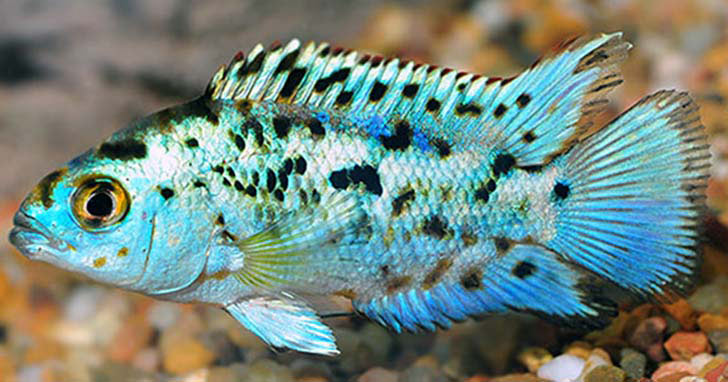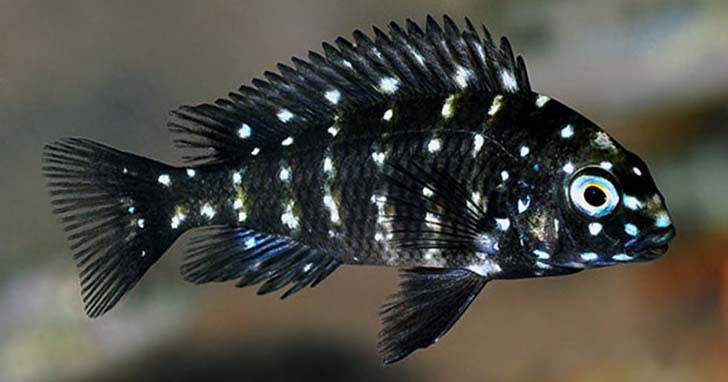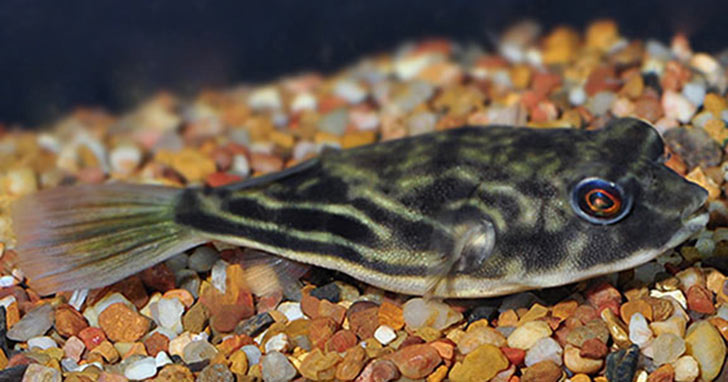Proceed with Caution Fish – Freshwater
One of the joys of creating a home aquarium is watching the interaction among different species, whether they are fish or invertebrates. When starting a new tank, you can create an underwater environment that serves the new fish well. When looking to add a new member to a community tank, however, you look to finding a fish that thrives in your existing setup – one with similar water requirements, as well as finding a fish that is compatible with those you already have, in terms of behavior. Behavior Classifications for Freshwater Fish Behavior does not mean the new fish has the same personality as other fish, but how it acts. Some behaviors might include being territorial, nipping at other fishes’ fins, hiding when threatened, etc. LiveAquaria® categorizes fish temperaments into the following categories (recognizing that fish are animals and individual members might act differently than others in its species): peaceful, semi-aggressive and aggressive. Peaceful fish are species that are designated as easygoing and make for good community tank compatibility. Not every peaceful fish species will get along with every other fish species, so rely on compatibility charts provided by your supplier to guide you. Moderate or Semi-aggressive freshwater fish are ones that are not usually aggressive toward tankmates but may be categorized as semi-aggressive for a number of reasons including: they eat smaller fish or invertebrates, they may display aggression in certain situations, they may display aggression toward smaller fish but are passive or peaceful with fish larger than them, or fish that become aggressive as they mature.
Aggressive freshwater fish are ones that bully other fish, pick fights, may have a taste for blood, eat other fish, and are highly territorial. Aggressive fish are ones that the hobbyist must proceed with caution when stocking. You may decide to create a species-only tank for them. If adding to an existing tank because they are compatible with the other fish in your tank, this requires a higher level of care and maintenance. Manage Territorial Aggression You may want to create more hiding spaces to lessen territorial aggression or rearrange your tank beforehand, so all fish have to claim new territories. Maintaining optimal water conditions and feeding routines is necessary, as these can be reasons for aggressive behavior. A general guide on introducing new fish to your aquarium can be found here. Some fish species have families of fish that fit into more than one behavioral category, such as Bettas and Gourami. Though most of these species are peaceful, there are ones that do require caution before adding to a community environment, such as the Blue Paradise Gourami (Macropodus opercularis) and the Blue Gourami (Trichogaster trichopterus), since they are semi-aggressive. Proceed with Caution – Freshwater Fish Although not inclusive, there are some fish that typically find themselves on lists of semi-aggressive or aggressive fish and require caution when handling, such as:
The fact that some fish require special care and maintenance should not deter anyone from learning how to effectively care and maintain them. Doing so will allow you to count yourself among the select group of caretakers with the knowledge to do so.
|
||||||
|
|





